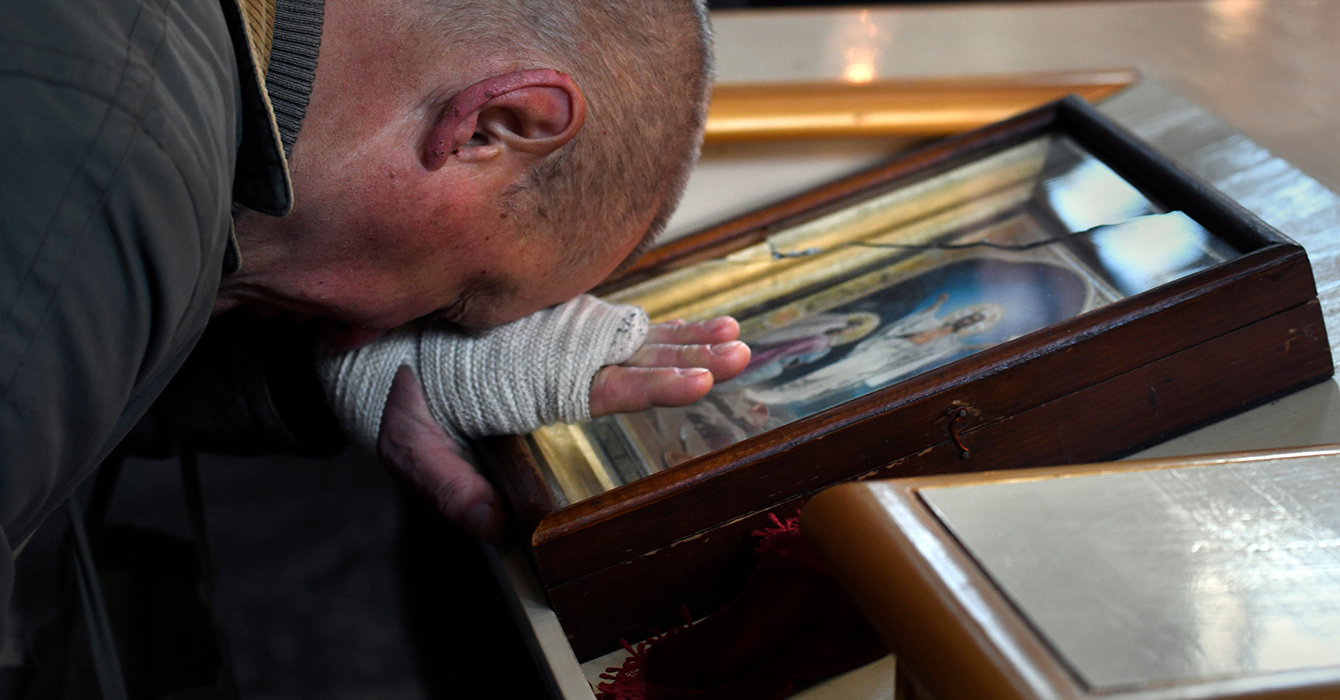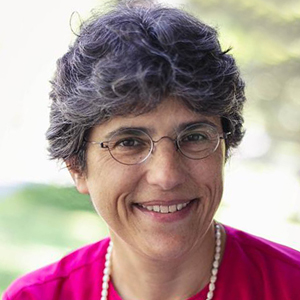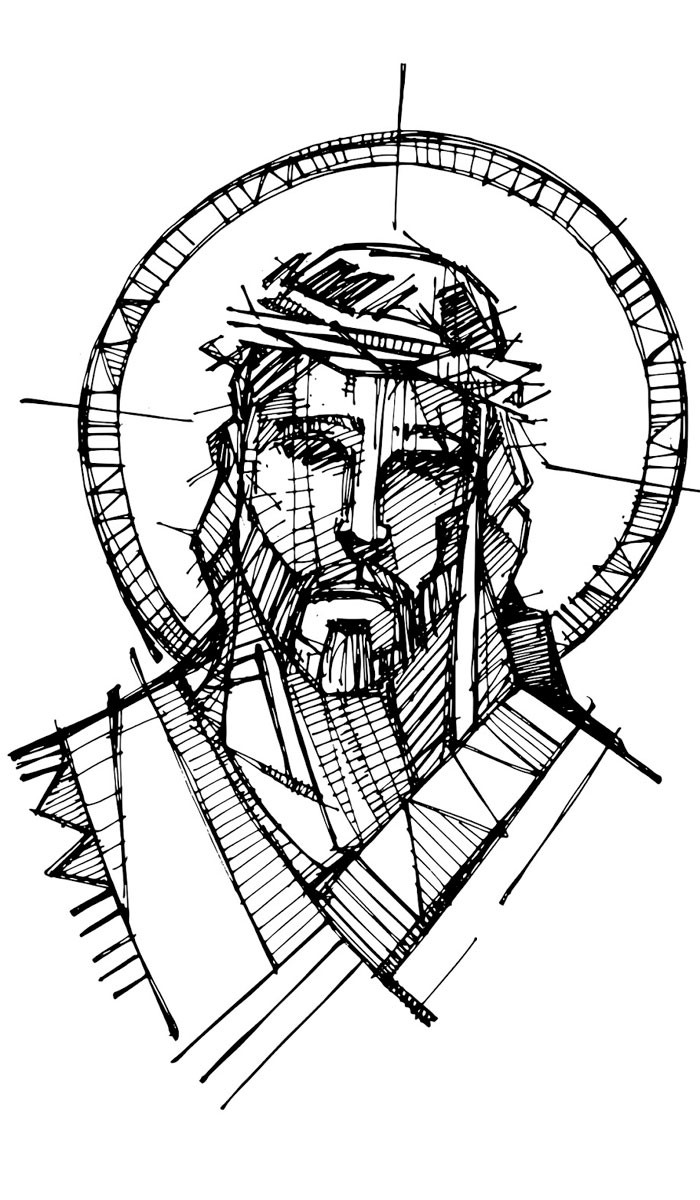Master woodworker Richard Heitzenrater carved away the decay in a log of black locust wood to create a cross he called “Redemption.” Heitzenrater, William Kellon Quick Professor of Church History and Wesley Studies at Duke Divinity School, believes that in human life as well as in nature, God brings life out of death, joy out of pain. As a woodworker, Heitzenrater also has an eye for what is nearby. He saw the black locust. He saw its decay and death, as well as its possibility.
Easter does not happen without Good Friday. And yet on Good Friday, it is overwhelming to confront the decay and death in our midst. It is so challenging to hold on to hope and to see the opportunity for transformation. But it is possible to journey from death to resurrection by staying grounded in the purpose toward which we are moving and by paying close attention to the signs of hope around us.
In “Where Good Ideas Come From,” Steven Johnson tells the story of Parisian obstetrician Stéphane Tarnier, who in the 1870s witnessed the death of almost two-thirds of babies born with low birth weight. Exhausted from living with so many losses, Tarnier took a day and visited the zoo. He wandered into an exhibit of baby chickens and saw an incubator in use. Soon he had a similar machine built for human babies, and the mortality rate was halved.
More than 130 years later, MIT researcher Tim Prestero witnessed the death of babies in Indonesian hospitals while modern incubators in unusable condition were stacked in the corner. A well-meaning donor had offered the machines after the 2004 tsunami with a vision for saving lives that did not account for the reality that such equipment requires regular maintenance.
Prestero had an Easter vision. He believed that the power to save dying babies in Indonesia was already present, if it could be unleashed. An engineer and innovator, Prestero wondered: What technology is this society able to use and maintain over time? He found the answer by carefully observing what was in front of him: plenty of cars in working order, a sign that Indonesia had the parts and expertise to maintain the cars. Prestero commissioned a design team to experiment with using automobile technology to build infant incubators. Today, these incubators save children across the developing world by maintaining a stable body temperature for the infant using radiator fans and headlights. When the machines fail, the local mechanic has the parts and skills to make repairs.
Many Christian institutions are facing decline in their attendance, giving, missionaries and students. Amidst the decay, what would it mean to have an Easter vision for a Christian institution? What is required to carve away the decay and find redemption?
When Jesus was suffering on the cross, he could see the kingdom. He told one of the thieves who hung beside him that they would be together that day in paradise. Christians share this Easter vision and believe that the faith, hope and love of a life with God can begin on this earth. Nurturing this vision in the midst of difficulty requires committing to a community of believers, embodying the life of faith through sustaining Christian practices and cultivating imagination through border crossing.
This hopeful vision of the “end” also affects what Christian leaders can see in their midst. In many institutions the signs of decay are easy to spot: buildings in need of repair, spending above income, aging constituents and declining attendance. The signs are like decaying logs or broken incubators.
Heitzenrater and Prestero teach us to look for possibilities in the decay. Such things are often not obvious. It takes practice to look for what can work, to carve away all that is decaying and useless, and to celebrate the life that is happening.
Rural Harnett County, N.C., is a poor and often forgotten area. The Rev. Gil Wise was assigned to a tiny United Methodist church that was dying. After looking carefully at the community, he recommended that the church close and invited the few who were attending to join a new church. The new venture was successful in every area but one: the budget. The 200 worshippers could not pay the bills. Wise looked about again and noted many children in need of care. The congregation organized a not-for-profit and founded a child care center. Wise took a job with the new ministry to provide for his family and relieve the congregation of his salary. Today, a host of ministries are sponsored by the church and its foundation.
How does your institution intend to live out an Easter vision in its mission and purpose, its practices, its relationships? Where do you see death that can be transformed into new life?














